The impressive headquarters of the Bank of Nova Scotia in Toronto, located at 44 King Street West, is on the northeast corner of the intersection at Bay and King. John M. Lyle, was its architect. He also designed Union Station and the Royal Alexandra Theatre, as well as the Runnymede Library in the Bloor West Village. Lyle was born in Ireland in 1872, but spent his childhood in Hamilton, Ontario. He studied at Yale University and in Paris. He commenced his career in New York City, but returned to Canada in 1905, and lived in Toronto. He is often referred to as a “progressive traditionalist,” as he combined the best of traditional architectural styles, as well as motifs that combined English, French, and Aboriginal traditions. Lyle was also a proponent of the Art Deco and Beaux Arts Classicism.
Unfortunately, his design for the Bank of Nova Scotia was shelved in in 1929 because of the Depression. In the late-1940s, the plans for the building were revived, but Lyle had died in 1945. The structure was redesigned and completed by Mathers and Haldenby, with Beck and Eadie, employing much of the original Art Deco aspects that Lyle had included in his original scheme in 1929.
The cornerstone for the 24-storey bank was laid in 1949. When the building was completed in 1951, its facades contained stylized decorations that employed Canadian themes – flora, fauna, native people’s motifs, local industry and historic events. Massive smooth stones were employed in its construction, and the building has elegant mullioned windows. The sculptures on the facades, depicting the mythical Neptune and Rhea, were carved by Frederick Winkler.
The Bank of Nova Scotia, under construction during the years 1949-1951. The view is looking toward the northeast up Bay Street, as the tower of the Old City Hall is visible at the top of Bay Street, where it intersects with Queen Street. The Peter Witt streetcar in the photo is westbound on King Street. The structural steel for the podium of the building, which face Bay Street and King Streets, was complete when this photo was taken, but the structural steel for the floors above has not yet reached its full height.
The same view today, gazing northeast toward the facade on Bay Street (left side of the building in the photo) and the King Street facade on the right-hand side. The old Peter Witt King streetcars have long since disappeared, although a person can still ride one of them at the Halton Railway Museum, north of Highway 401.
The Bay Street facade of the bank building, facing Bay Street. The carvings by Frederick Winkler are visible above the windows of the podium level.
Close-up views of two of the carvings.
The great banking hall within the Bank of Nova Scotia
An enormous carved panel within the bank that depicts Canadian themes of industry, fishing and agriculture.
A huge medallion depicting the proud history of the Bank of Nova Scotia, showing it maritime roots.
To view the Home Page for this blog: https://tayloronhistory.com/
Links to other posts about the history of Toronto and its buildings:
https://tayloronhistory.com/2013/10/08/links-to-historic-architecture-of-torontotayloronhistory-com/
Links to posts about Toronto’s movie houses—past and present.
https://tayloronhistory.com/2013/10/09/links-to-toronto-old-movie-housestayloronhistory-com/
Recent publication entitled “Toronto’s Theatres and the Golden Age of the Silver Screen,” by the author of this blog. The publication explores 50 of Toronto’s old theatres and contains over 80 archival photographs of the facades, marquees and interiors of the theatres. It also relates anecdotes and stories from those who experienced these grand old movie houses.
To place an order for this book:
Theatres Included in the Book
Chapter One – The Early Years—Nickelodeons and the First Theatres in Toronto
Theatorium (Red Mill) Theatre—Toronto’s First Movie Experience and First Permanent Movie Theatre, Auditorium (Avenue, PIckford), Colonial Theatre (the Bay), thePhotodome, Revue Theatre, Picture Palace (Royal George), Big Nickel (National, Rio), Madison Theatre (Midtown, Capri, Eden, Bloor Cinema, Bloor Street Hot Docs), Theatre Without a Name (Pastime, Prince Edward, Fox)
Chapter Two – The Great Movie Palaces – The End of the Nickelodeons
Loew’s Yonge Street (Elgin/Winter Garden), Shea’s Hippodrome, The Allen (Tivoli), Pantages (Imperial, Imperial Six, Ed Mirvish), Loew’s Uptown
Chapter Three – Smaller Theatres in the pre-1920s and 1920s
Oakwood, Broadway, Carlton on Parliament Street, Victory on Yonge Street (Embassy, Astor, Showcase, Federal, New Yorker, Panasonic), Allan’s Danforth (Century, Titania, Music Hall), Parkdale, Alhambra (Baronet, Eve), St. Clair, Standard (Strand, Victory, Golden Harvest), Palace, Bedford (Park), Hudson (Mount Pleasant), Belsize (Crest, Regent), Runnymede
Chapter Four – Theatres During the 1930s, the Great Depression
Grant ,Hollywood, Oriole (Cinema, International Cinema), Eglinton, Casino, Radio City, Paramount, Scarboro, Paradise (Eve’s Paradise), State (Bloordale), Colony, Bellevue (Lux, Elektra, Lido), Kingsway, Pylon (Royal, Golden Princess), Metro
Chapter Five – Theatres in the 1940s – The Second World War and the Post-War Years
University, Odeon Fairlawn, Vaughan, Odeon Danforth, Glendale, Odeon Hyland, Nortown, Willow, Downtown, Odeon Carlton, Donlands, Biltmore, Odeon Humber, Town Cinema
Chapter Six – The 1950s Theatres
Savoy (Coronet), Westwood
Chapter Seven – Cineplex and Multi-screen Complexes
Cineplex Eaton Centre, Cineplex Odeon Varsity, Scotiabank Cineplex, Dundas Square Cineplex, The Bell Lightbox (TIFF)
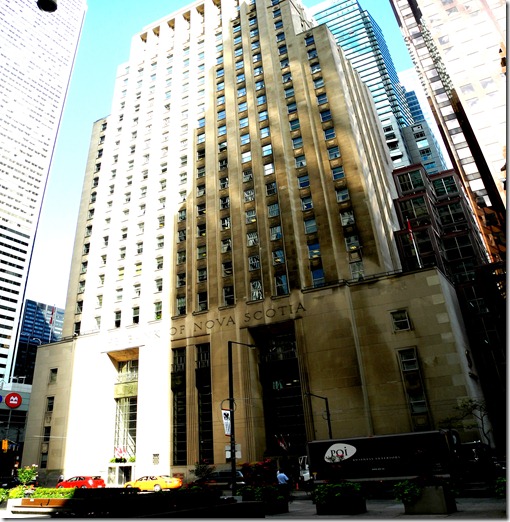
![f1257_s1057_it0419[1] f1257_s1057_it0419[1]](https://tayloronhistory.com/wp-content/uploads/2013/02/f1257_s1057_it04191_thumb.jpg)
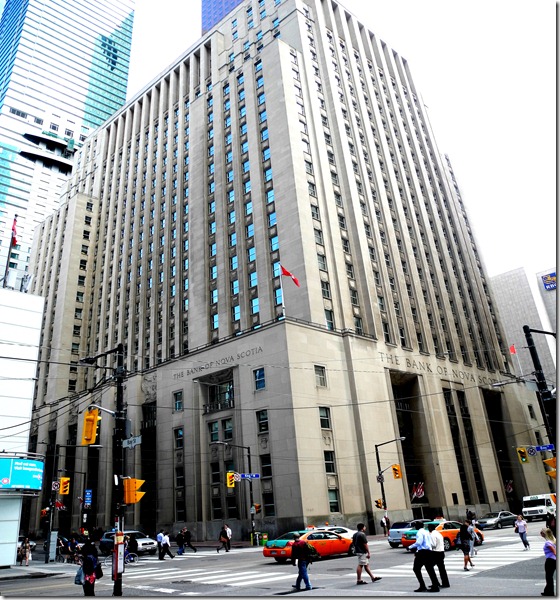
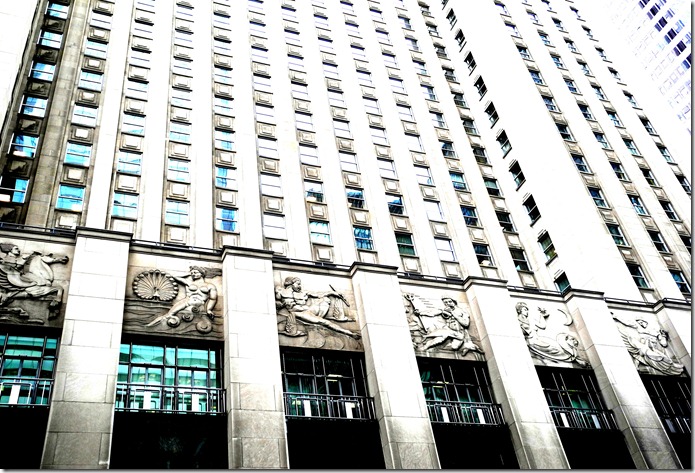
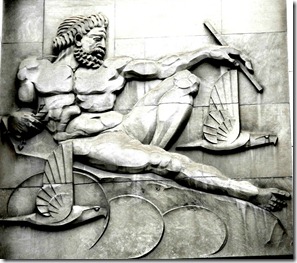
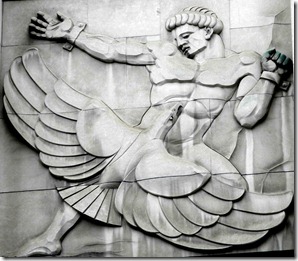
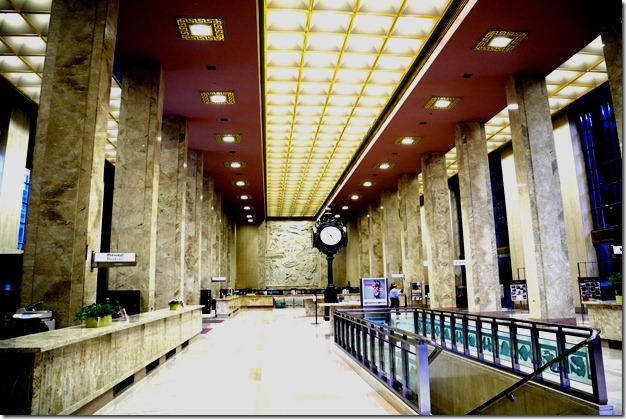
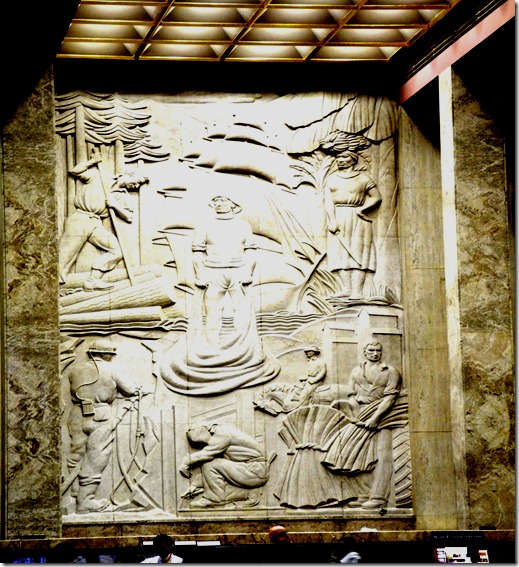
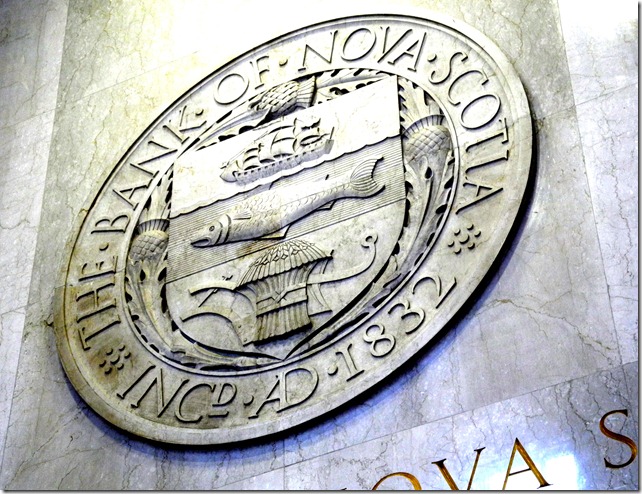
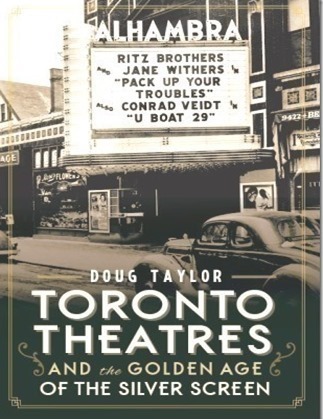


Hi Mr. Taylor, I love the historical image of the Scotiabank construction. I’d like to reproduce this image and would like to contact you regarding that. I searched for your contact info, but didn’t have any luck. Please respond to the email I provided if you can help me. Many thanks!
I am continually shocked how Canadian built historical history has been deliberately manipulated and manufactured to give all the credit to the designer artists that created the bas- reliefs in sketches, maquette’s and smaller scale models as the stone Sculptors .
This becomes a deliberate manipulation of truth because, for example the Bank of Nova Scotia at 44 king address has in their archives the construction contracts who actually expanded and sculpted the stone exterior and interior reliefs
The contracts speak for themselves
They were sculpted in stone exclusively by Louis Temporale OCA, SSC, RCA , O.ont , with his younger brother assisting .
Their are literally dozens of buildings throughout Canada and elsewhere Sculpted by Temporale
Since archives, scholars, researchers, historians,
NGC are aware it could only been considered deliberate.
Temporale’s enormous legacy to Canadian Historical Built History has been stolen from Louis ,,Canada ,and his family
It gives me no pleasure in stating these facts
The works executed in stone by him should be considered cooperative, not that the model artist sculpted them in stone
They creative process from clay to stone is a completely different and opposite process especially when expanding image to a enormous scale.